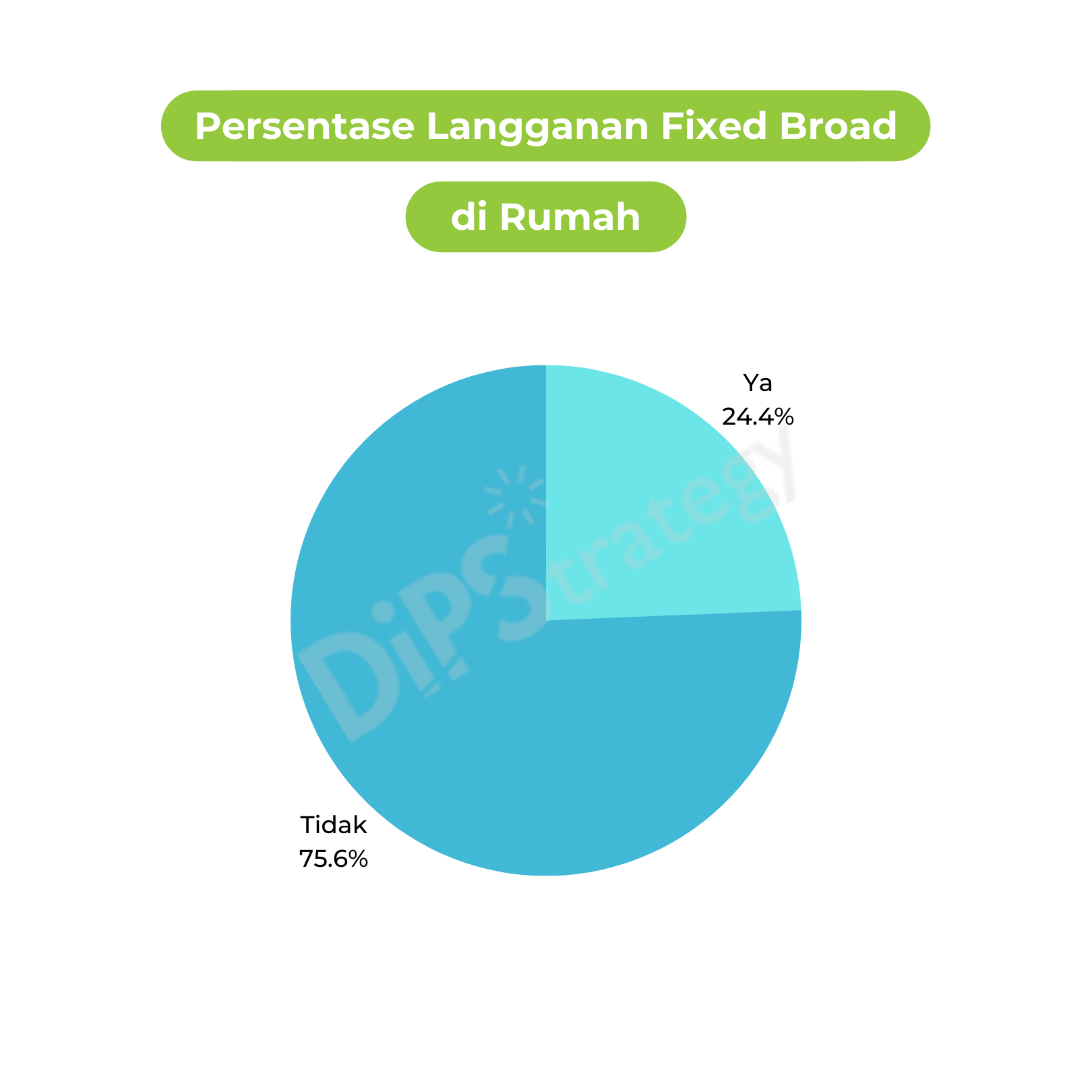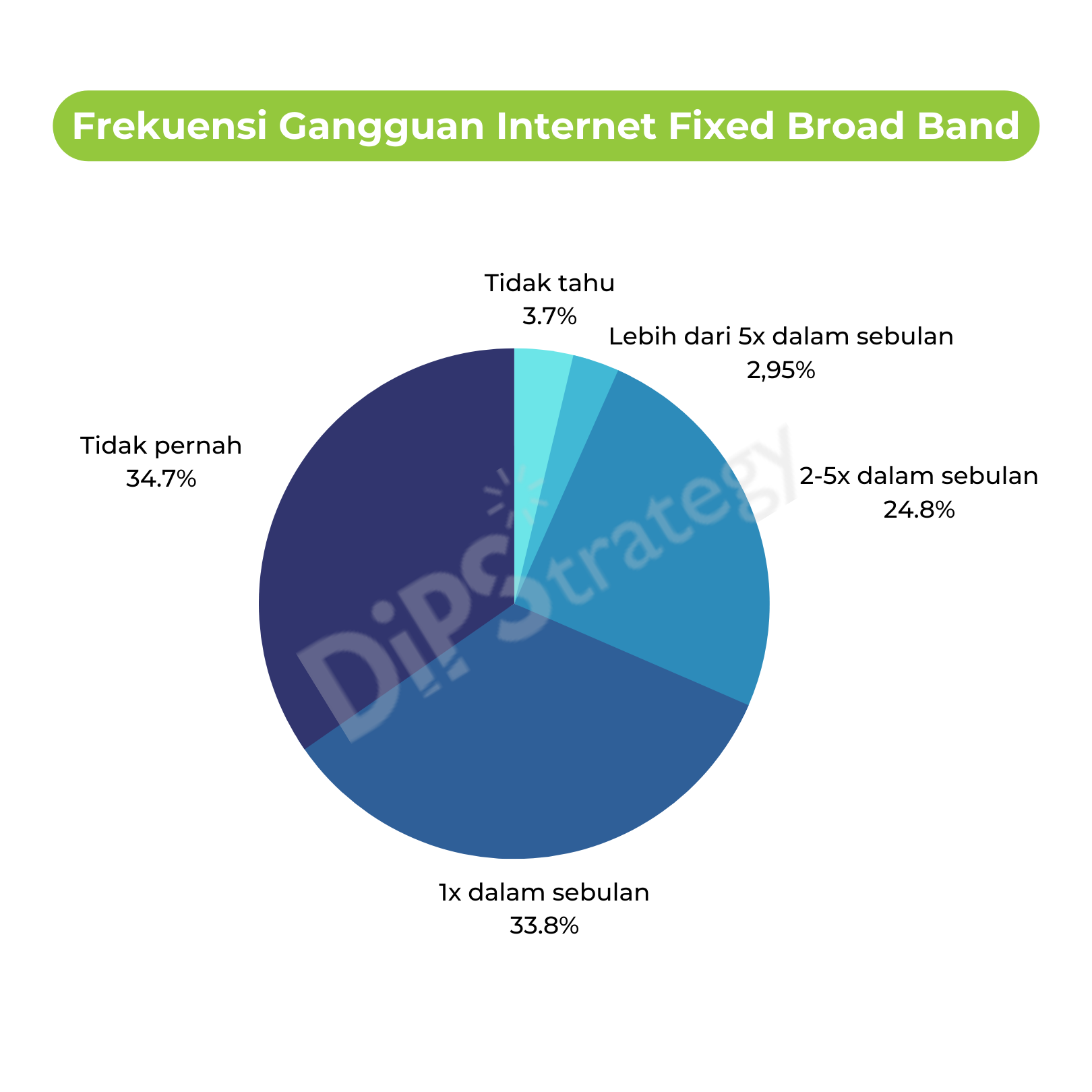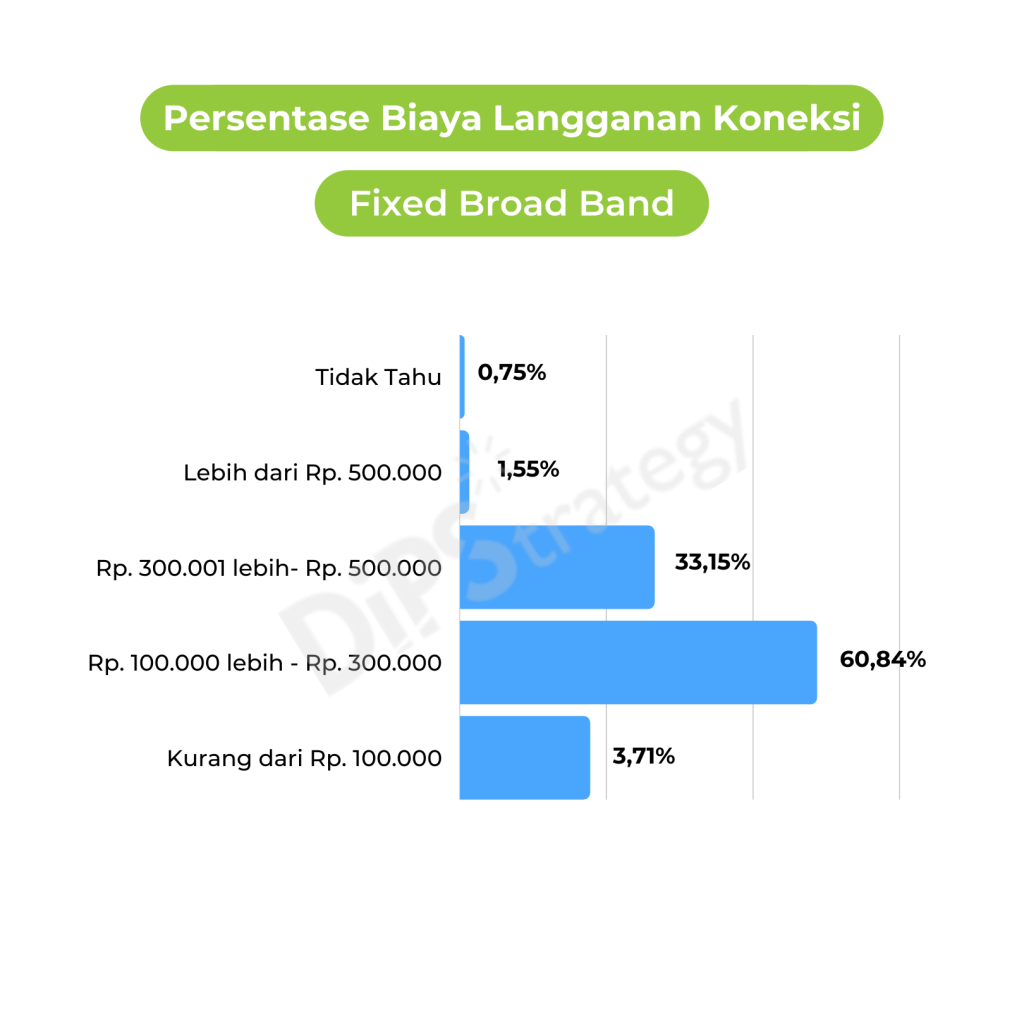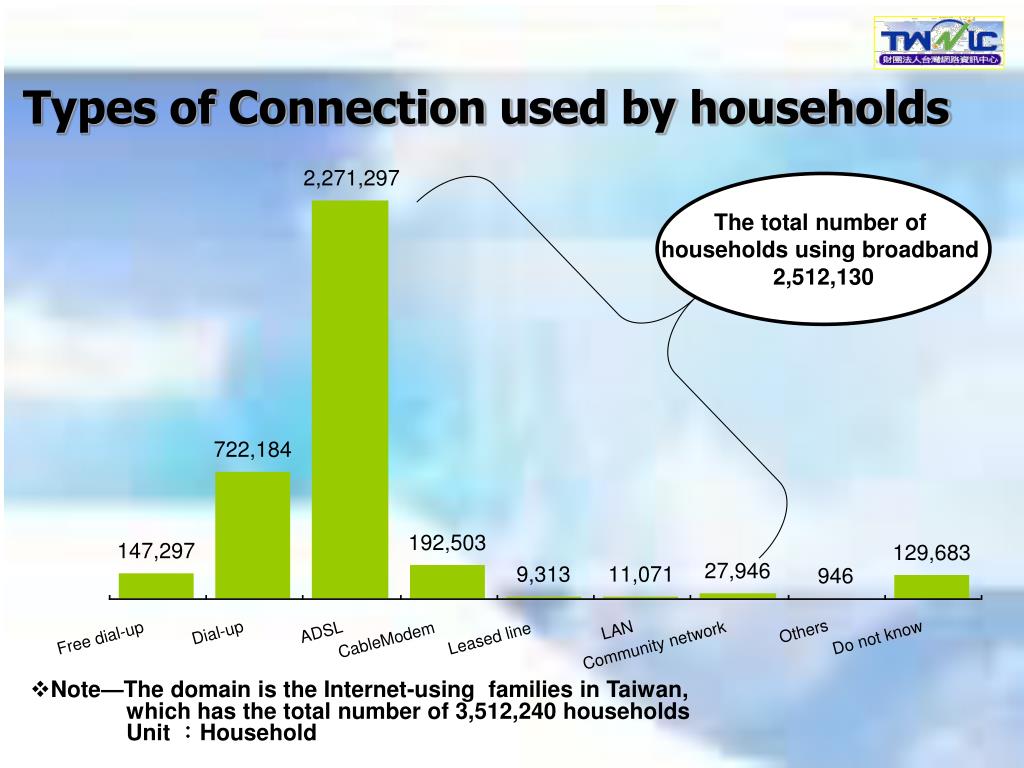Overall Percentage Of Households In Indonesia With Broadband Internet

Indonesia's broadband penetration is surging, but millions remain unconnected. The latest data reveals significant growth, yet a digital divide persists, demanding urgent action.
While progress is undeniable, the government faces pressure to accelerate infrastructure development and reduce costs to reach universal connectivity.
Broadband Access: The Numbers
Recent data from the Ministry of Communication and Information Technology (Kominfo) indicates that approximately 68.41% of Indonesian households now have access to broadband internet. This figure, released on October 26, 2023, represents a substantial increase from previous years.
However, this also means that roughly 31.59% of Indonesian households, a considerable portion of the population, still lack access to this essential service.
Regional Disparities
The broadband penetration rate varies significantly across the archipelago. Java, the most populous island, boasts the highest connectivity rates, with many areas exceeding the national average.
Eastern Indonesia, including regions like Papua and Nusa Tenggara Timur, lags far behind due to geographical challenges and limited infrastructure. The lack of infrastructure in those areas remains a considerable barrier to broader internet access.
Johnny G. Plate, the former Minister of Communication and Information Technology, emphasized the government's commitment to addressing these disparities before his arrest and replacement.
Driving Factors Behind the Increase
Several factors have contributed to the recent growth in broadband access. Increased investment in fiber optic infrastructure, particularly in urban areas, has played a crucial role.
The proliferation of affordable smartphones and mobile data plans has also enabled more Indonesians to get online, particularly in areas where fixed-line broadband is unavailable.
Government initiatives, such as the Palapa Ring project, aim to connect remote areas with high-speed internet, though its progress has been slower than initially projected.
The Impact of Broadband on Indonesian Society
Increased broadband access has profound implications for the Indonesian economy and society. It enables businesses to expand their reach, facilitates online education, and provides access to essential government services.
The rise of e-commerce platforms has also created new opportunities for small businesses and entrepreneurs.
Furthermore, broadband access empowers citizens with information and facilitates greater participation in democratic processes.
Challenges and Obstacles
Despite the progress, significant challenges remain in achieving universal broadband access. The high cost of internet services is a major barrier for many low-income households.
Limited digital literacy also prevents some people from fully utilizing the benefits of broadband. The current government needs to address the rising prices and develop education programs for older communities that did not grow up with the Internet.
Furthermore, the lack of adequate infrastructure in rural and remote areas poses a significant hurdle. Investment and infrastructure are key here.
Government Initiatives and Future Plans
The Indonesian government has implemented various initiatives to address these challenges. The Universal Service Obligation (USO) fund provides subsidies to telecommunication companies to expand broadband access to underserved areas.
The Kominfo is also working on streamlining regulations and reducing bureaucratic obstacles to facilitate infrastructure development.
Future plans include expanding the Palapa Ring project and promoting the adoption of new technologies, such as satellite-based internet, to reach remote areas.
The Path Forward
Achieving universal broadband access in Indonesia requires a multi-faceted approach. The current government needs to partner with private companies to build more infrastructure. Further plans include finding a way to decrease the cost of broadband subscriptions.
Ongoing monitoring of broadband penetration rates and regular assessments of the effectiveness of government programs are crucial. Transparency and accountability are also crucial to keep the public trust.
The next steps involve accelerating infrastructure development, reducing costs, and promoting digital literacy to ensure that all Indonesians can benefit from the digital age. Addressing these concerns are the key to full internet access.
















.png/500px-Internet_access_and_broadband_internet_connections_of_households%2C_EU%2C_2011-2021_(%25_of_all_households).png)

